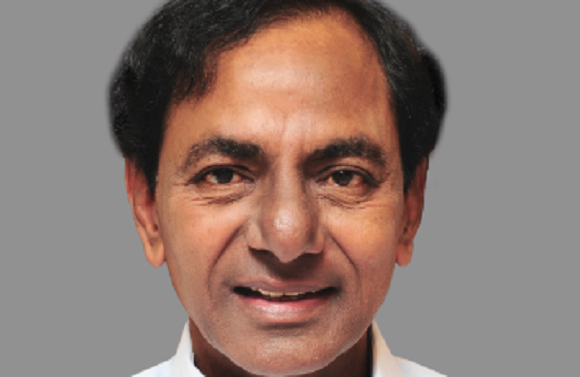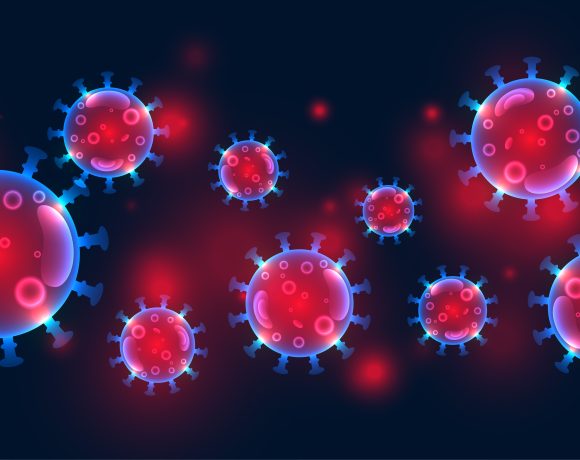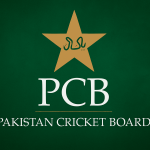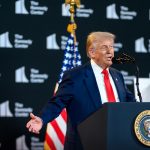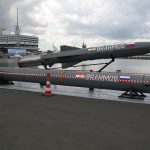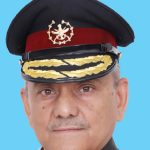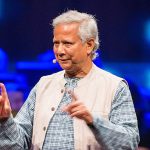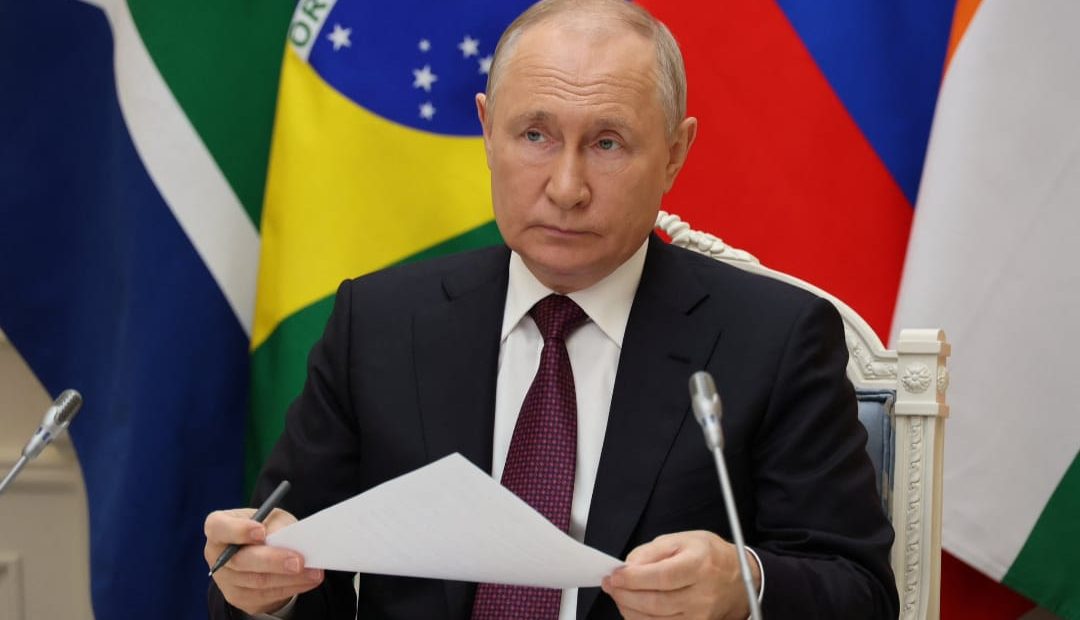
Putin Visits Kursk, Asserts Control Amid Ongoing Ukraine Conflict
Russian President Vladimir Putin made a surprise visit to the Kursk region on May 21, 2025, his first since the area was retaken from Ukrainian forces in April. The visit is seen as a strategic move to underscore Moscow’s reassertion of control over contested regions amid continued military confrontations with Ukraine.
Background: Ukraine’s Incursion and Russia’s Retaliation
In an unprecedented development in August 2024, Ukrainian forces crossed into Russian territory, occupying parts of the Kursk Oblast, including the town of Sudzha. This marked the first time since World War II that foreign troops had established control inside the Russian Federation.
Russia responded with a large-scale military campaign—dubbed Operation Stream—in March 2025, reportedly aided by North Korean troops. Using a disused gas pipeline for infiltration, Russian forces launched a surprise counter-offensive, eventually reclaiming most of the occupied territories. The operation was a turning point in the military landscape, restoring Moscow’s control in the region.
Putin’s Kursk Visit and Public Messaging
During his visit, Putin met with local officials, volunteers, and citizens displaced by the earlier Ukrainian occupation. He toured the under-construction Kursk Nuclear Power Plant-2 and emphasized the Kremlin’s commitment to rebuilding infrastructure and normalizing civilian life.
State media coverage presented Putin as calm and engaged, interacting warmly with residents. The optics were clearly intended to signal strength, resilience, and legitimacy in a region whose brief occupation had sparked international headlines and domestic unease.
Renewed Military Engagement and Ukrainian Casualties
Putin’s visit was followed within hours by a Russian missile strike on a Ukrainian military training facility in the Sumy region. The attack killed six Ukrainian National Guard soldiers and injured at least ten others. Ukrainian authorities have confirmed the incident and announced an internal inquiry into the security breach.
Despite Moscow’s claims of full control over Kursk, Ukrainian forces continue to challenge Russia’s hold on peripheral areas near the border. Skirmishes, drone activity, and artillery fire have remained common since the region’s recapture.
Global Reactions and Diplomatic Stalemate
International reactions to the renewed violence have been mixed. While figures like Pope Leo XIV have offered to mediate peace talks, tangible diplomatic progress remains elusive. Former U.S. President Donald Trump—now re-engaged in foreign policy—has held discussions with both sides but admitted limited success.
Meanwhile, the European Union and United Kingdom have announced fresh sanctions on Russia, targeting its oil fleet, defense contractors, and technology sectors. The sanctions reflect growing frustration in Western capitals over Russia’s continued aggression and the failure of peace negotiations to gain traction.
Symbolism and Strategic Messaging
Putin’s Kursk visit was far more than a morale-boosting tour—it was a calculated political message. Domestically, it reinforces his grip on power by showcasing leadership during wartime. Internationally, it challenges Ukraine and the West to acknowledge the new realities on the ground.
As battles continue and diplomacy falters, Kursk has become not just a strategic location, but a symbol of the larger ideological and military conflict unfolding between Russia and the West. The weeks ahead are likely to witness further escalation, unless sustained diplomatic efforts manage to create a pause in the spiral.



